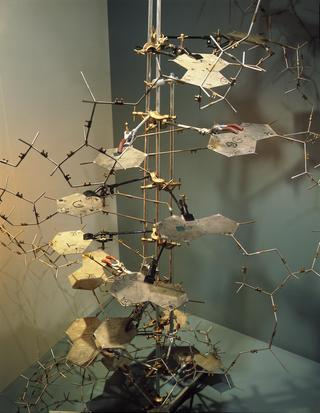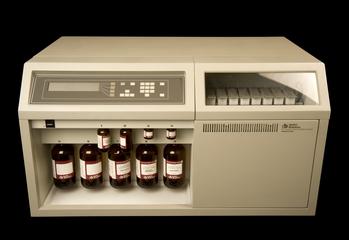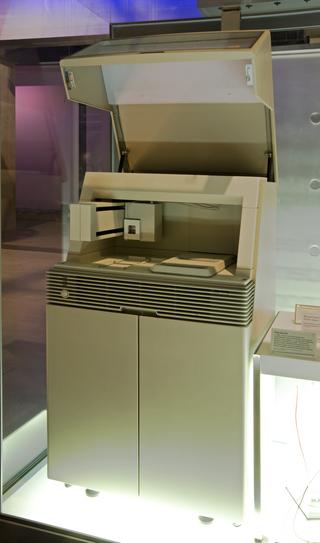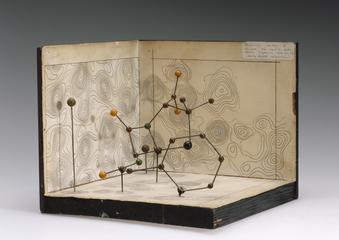
ABI Prism capillary array used at The Sanger Centre during the Human Genome Project
- Made:
- circa 1990
- maker:
- Applied Biosystems Inc.
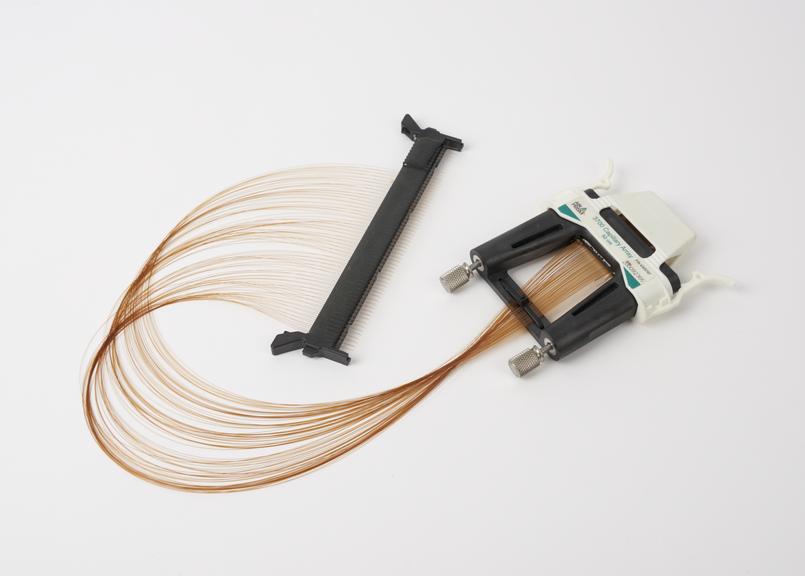
ABI Prism capillary array 3700 used at The Sanger Centre (now the Wellcome Trust Sanger Institute), Cambridge, United Kingdom during the Human Genome Project. Component of a DNA sequencer. Made by Applied Biosystems, 1990-2000.
This capillary array was part of a DNA sequencer used at the Sanger Centre as part of the Human Genome Project (1990-2003). DNA was passed through the tiny hair-like structures of the capillary array in the DNA sequencer.
The Human Genome Project was a thirteen year project coordinated by the US Department of Energy and the National Institute of Health. The project aimed to discover all the 20,000 - 25,000 human genes, making them accessible for further biological study and to determine the complete sequence of the 3 billion DNA sub-units (bases in the human genome). The Sanger Centre, now the Wellcome Trust Sanger Institute, in Cambridge was the only British contributer to the project and was responsible for one third of the work carried out. The team sequened all or part of chromosomes 1, 6, 9, 10, 11, 13, 20, 22 and X.
Sequencing one gene could take days but now can be achieved in a matter of hours enabling new biomedical research to be carried out.
Details
- Category:
- Biochemistry
- Object Number:
- 2010-1
- Measurements:
-
overall: 15 mm x 480 mm x 175 mm,
- credit:
- Wellcome Trust Sanger Institute
